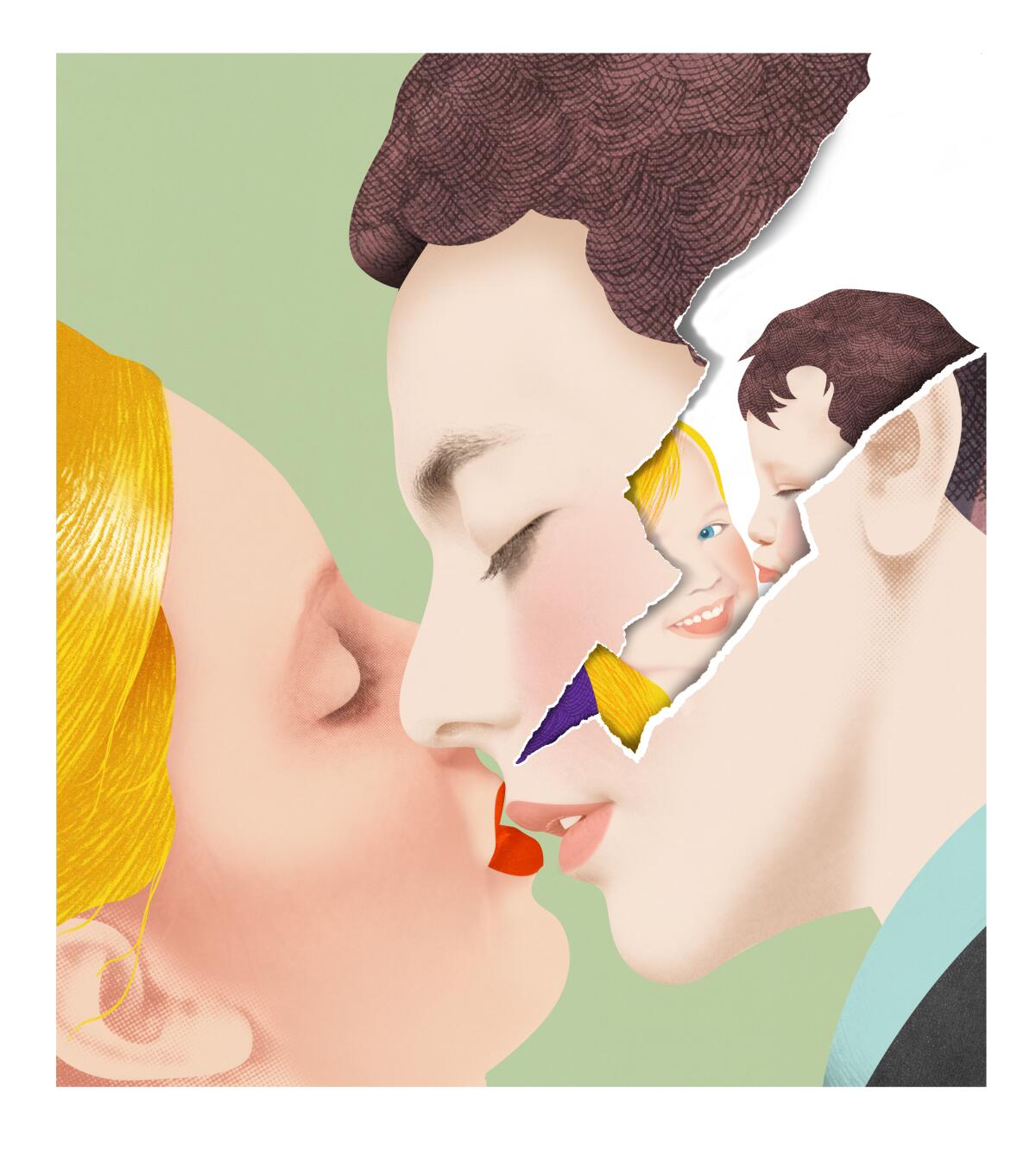The flashback: When there’s no way to go forward in a film without looking backward

- Share via
Longtime screenwriters know the truth: There are any number of potholes and speed bumps that can drive their script right into a ditch. But in Scott Z. Burns’ case, there’s one roadblock in particular that makes him tense.
“Every time you’re typing the word ‘flashback’ in a script, a shiver runs up and down your spine,” says the director-screenwriter of “The Report” and screenwriter of “The Laundromat,” two new films this awards season that deal with governmental misdeeds. “Flashbacks can be confusing, and they can really take away the forward momentum of your story.”
Yet flashbacks are critical storytelling devices for virtually every film. What differs is just how flashbacks are used — to provide back story, to remind us of history, to explain things that otherwise aren’t clear — and the visual way directors choose to portray these scripted moments. Done well, flashbacks can help deepen the story; done awkwardly, they can send an audience into that same ditch the screenwriter dug.
“Flashbacks are problematic and have to be construed in a way that they’re not time out from the action but intrinsic to it,” says “The Two Popes” screenwriter Anthony McCarten. In “Popes,” the story reveals the history of one of its characters in black-and-white confessional memories, and at one point shifts those memories into color.
“The moment [director Fernando Meirelles] does that, it’s quite telling,” McCarten says. “It’s when the character takes up his life as a priest — as if his life was colorless before then, and he gained a final dimension when he found his vocation.”
But that’s far from the only way to use flashback. Director-screenwriter Jordan Peele plays a film-long surprise on his audience in “Us,” showing a different history to the tormented protagonist’s backstory late in the film and revealing scenes the audience never knew had happened. As he explains, keeping the flashbacks visually resembling the forward-moving story was critical.
“We didn’t want the flashbacks to come across as ethereal or dreamlike,” says Peele. “They were intended to feel as vibrant and real as anything else in the movie. We needed the audience to experience the moment, rather than make it seem like we are just reminiscing.”
Burns, a longtime screenwriter, made his directorial debut with “Report,” and says it was key to find a visual language to the use of flashbacks so they would make sense to audiences.
“There’s a lot of material in our movie,” he says. “Since there’s more than one time period, I had to figure out a way with my cinematographer [Eigil Bryld] to help the audience understand what time period we were in. So during the time Daniel Jones is doing the report, the camera would always be on the dolly. In the flashback, we needed a different set of tools.”
That meant using longer lenses with a shallower depth of field, and keeping the camera hand-held.
“Those things really help the audience understand where they are in the story,” he explains. “You don’t want the audience to be confused at any point.”
But flashback language has to be something woven into the story from the start. “Flashbacks have to be seeded into the structure to mitigate any nasty surprise elements,” says McCarten. “They shouldn’t just appear in the third act — they have to be established as part of the ground rules early on.”
Once established, though, flashbacks are flexible, and have the ability to shift the tone of the main story by either ramping up tension or defusing it, as in the historical hot air balloon romance “The Aeronauts.”
“For us, the flashback serves as a bit of a relief valve,” explains producer Todd Leiberman, noting that we learn the backstory of our derring-do title characters between harrowing journeys in their balloon. “Some of the visual aspects are so beautifully shot and terrifying that they require a degree of respite, so our goal was if we can tell a compelling emotional journey that also happens to be a mystery in that respite, it’d be a good back-and-forth.”
Then there’s the way flashback works in “Avengers: Endgame.” While cinematographer Trent Opaloch and directors Anthony and Joe Russo could have spliced flashback scenes from previous films in the franchise into their new story, they decided to actually rebuild sets and restage those scenes to shoot them from a new perspective.
“It’s almost like revisiting the history of those films,” says Opaloch. “Like you’re hitting the greatest hits from the Marvel past.”
In the end, while flashbacks may present challenges to screenwriters and directors alike, they clearly have emotional and storytelling value. “Once you establish a rhythm, people love it and they expect the next beat of that rhythm,” says McCarten. “Keep flashbacks concise and concentrated, and they’ll feel vital — that without them, there’s no way to go forward.”
More to Read
Only good movies
Get the Indie Focus newsletter, Mark Olsen's weekly guide to the world of cinema.
You may occasionally receive promotional content from the Los Angeles Times.









